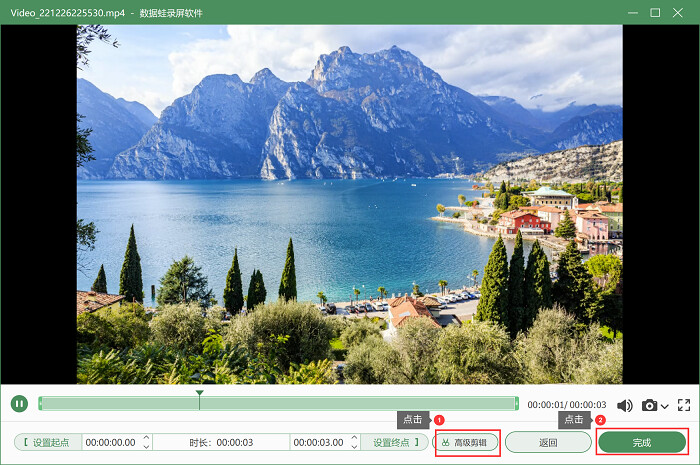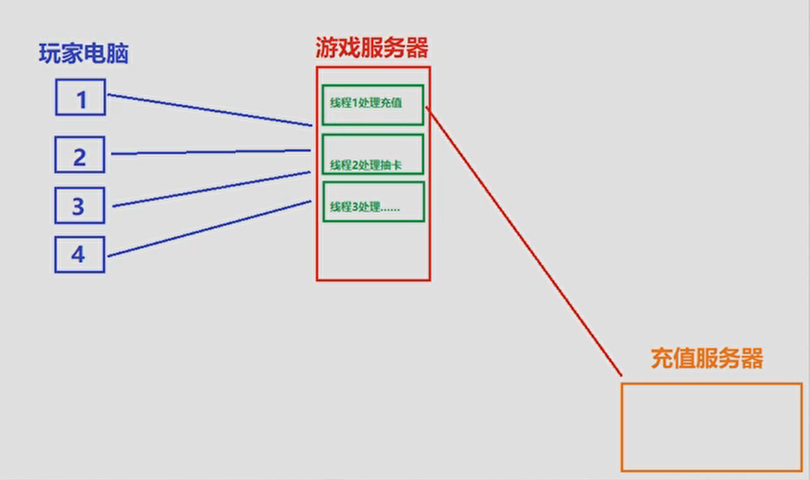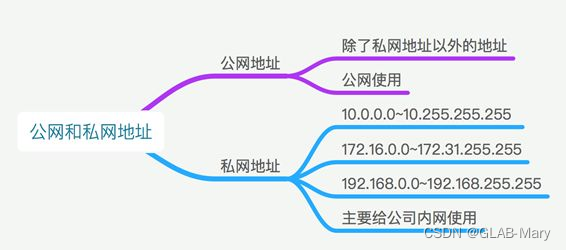目录
1、视图解析
1、视图解析原理流程
2、模板引擎-Thymeleaf
1、thymeleaf简介
2、基本语法
3、设置属性值-th:attr
4、迭代
5、条件运算
6、属性优先级
3、thymeleaf使用
1、引入Starter
2、自动配置好了thymeleaf
3、页面开发
4、构建后台管理系统
1、项目创建
2、静态资源处理
3、路径构建
4、模板抽取
5、页面跳转
6、数据渲染
视图解析:SpringBoot默认不支持 JSP,需要引入第三方模板引擎技术实现页面渲染。
1、视图解析

1、视图解析原理流程





2、模板引擎-Thymeleaf
1、thymeleaf简介
官网文档:Documentation - Thymeleaf
Thymeleaf is a modern server-side Java template engine for both web and standalone environments, capable of processing HTML, XML, JavaScript, CSS and even plain text.
简而言之:现代化、服务端Java模板引擎
2、基本语法
1、表达式
| 表达式名字 | 语法 | 用途 |
| 变量取值 | ${...} | 获取请求域、session域、对象等值 |
| 选择变量 | *{...} | 获取上下文对象值 |
| 消息 | #{...} | 获取国际化等值 |
| 链接 | @{...} | 生成链接 |
| 片段表达式 | ~{...} | jsp:include 作用,引入公共页面片段 |
2、字面量
文本值: 'one text' , 'Another one!' ,…数字: 0 , 34 , 3.0 , 12.3 ,…布尔值: true , false
空值: null
变量: one,two,.... 变量不能有空格
3、文本操作
字符串拼接: +
变量替换: |The name is ${name}|
4、数学运算
运算符: + , - , * , / , %
5、布尔运算
运算符: and , or
一元运算: ! , not
6、比较运算
比较: > , < , >= , <= ( gt , lt , ge , le )等式: == , != ( eq , ne )
7、条件运算
If-then: (if) ? (then)
If-then-else: (if) ? (then) : (else)
Default: (value) ?: (defaultvalue)
8、特殊操作
无操作: _
3、设置属性值-th:attr
设置单个值
<form action="subscribe.html" th:attr="action=@{/subscribe}">
<fieldset>
<input type="text" name="email" />
<input type="submit" value="Subscribe!" th:attr="value=#{subscribe.submit}"/>
</fieldset>
</form>设置多个值
<img src="../../images/gtvglogo.png" th:attr="src=@{/images/gtvglogo.png},title=#{logo},alt=#{logo}" />以上两个的代替写法 th:xxxx
<input type="submit" value="Subscribe!" th:value="#{subscribe.submit}"/>
<form action="subscribe.html" th:action="@{/subscribe}">所有h5兼容的标签写法
Tutorial: Using Thymeleaf
4、迭代
<tr th:each="prod : ${prods}">
<td th:text="${prod.name}">Onions</td>
<td th:text="${prod.price}">2.41</td>
<td th:text="${prod.inStock}? #{true} : #{false}">yes</td>
</tr><tr th:each="prod,iterStat : ${prods}" th:class="${iterStat.odd}? 'odd'">
<td th:text="${prod.name}">Onions</td>
<td th:text="${prod.price}">2.41</td>
<td th:text="${prod.inStock}? #{true} : #{false}">yes</td>
</tr>5、条件运算
<a href="comments.html"
th:href="@{/product/comments(prodId=${prod.id})}"
th:if="${not #lists.isEmpty(prod.comments)}">view</a><div th:switch="${user.role}">
<p th:case="'admin'">User is an administrator</p>
<p th:case="#{roles.manager}">User is a manager</p>
<p th:case="*">User is some other thing</p>
</div>6、属性优先级

3、thymeleaf使用
1、引入Starter
<dependency>
<groupId>org.springframework.boot</groupId>
<artifactId>spring-boot-starter-thymeleaf</artifactId>
</dependency>2、自动配置好了thymeleaf
@Configuration(proxyBeanMethods = false)
@EnableConfigurationProperties(ThymeleafProperties.class)
@ConditionalOnClass({ TemplateMode.class, SpringTemplateEngine.class })
@AutoConfigureAfter({ WebMvcAutoConfiguration.class, WebFluxAutoConfiguration.class })
public class ThymeleafAutoConfiguration { }自动配好的策略
●1、所有thymeleaf的配置值都在 ThymeleafProperties
●2、配置好了 SpringTemplateEngine
●3、配好了 ThymeleafViewResolver
●4、我们只需要直接开发页面
public static final String DEFAULT_PREFIX = "classpath:/templates/";
public static final String DEFAULT_SUFFIX = ".html"; //xxx.html3、页面开发
<!DOCTYPE html>
<html lang="en" xmlns:th="http://www.thymeleaf.org">
<head>
<meta charset="UTF-8">
<title>Title</title>
</head>
<body>
<h1 th:text="${msg}">哈哈</h1>
<h2>
<a href="www.atguigu.com" th:href="${link}">去百度</a> <br/>
<a href="www.atguigu.com" th:href="@{link}">去百度2</a>
</h2>
</body>
</html>4、构建后台管理系统
1、项目创建
thymeleaf、web-starter、devtools、lombok
2、静态资源处理
自动配置好,我们只需要把所有静态资源放到 static 文件夹下
3、路径构建
th:action="@{/login}"
4、模板抽取
文档:Tutorial: Using Thymeleaf
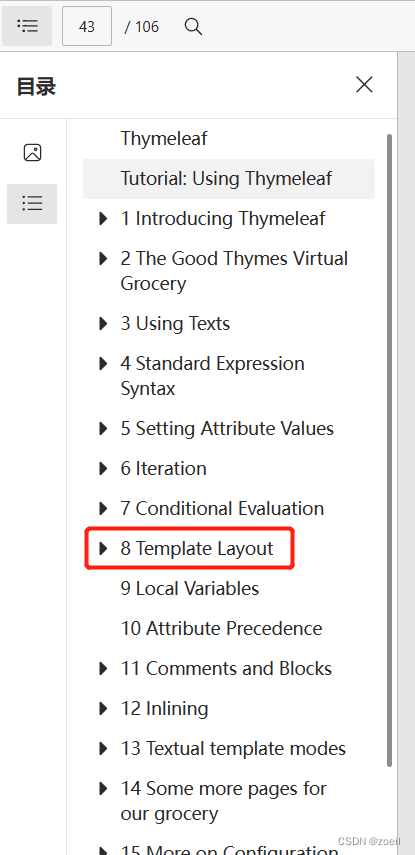
th:insert/replace/include
区别:
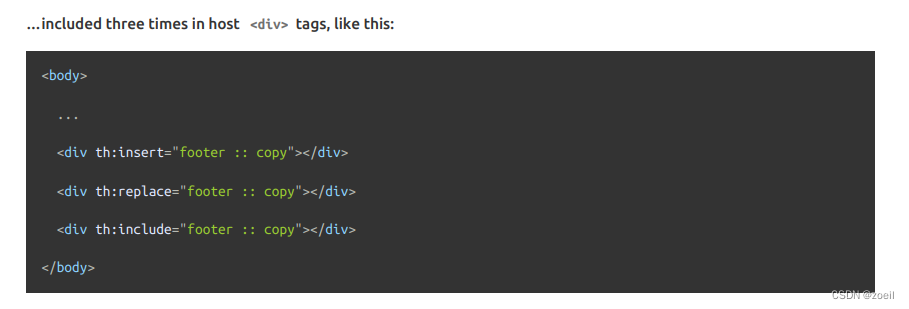
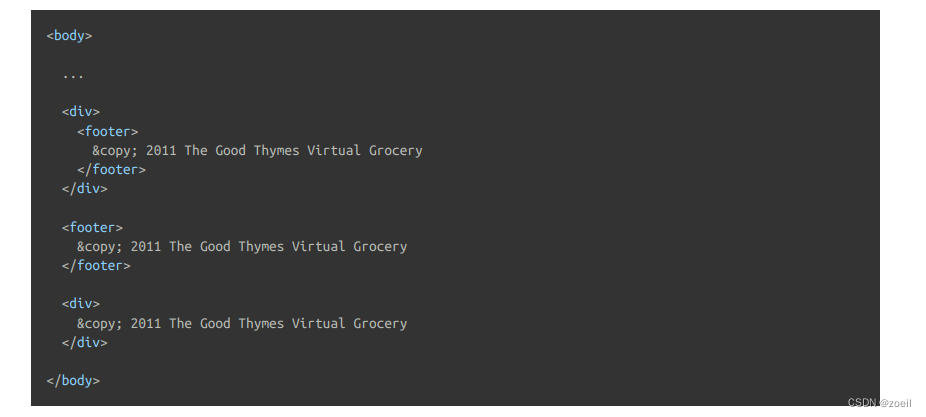
5、页面跳转
@PostMapping("/login")
public String main(User user, HttpSession session, Model model){
if(StringUtils.hasLength(user.getUserName()) && "123456".equals(user.getPassword())){
//把登陆成功的用户保存起来
session.setAttribute("loginUser",user);
//登录成功重定向到main.html; 重定向防止表单重复提交
return "redirect:/main.html";
}else {
model.addAttribute("msg","账号密码错误");
//回到登录页面
return "login";
}
}6、数据渲染
@GetMapping("/dynamic_table")
public String dynamic_table(Model model){
//表格内容的遍历
List<User> users = Arrays.asList(new User("zhangsan", "123456"),
new User("lisi", "123444"),
new User("haha", "aaaaa"),
new User("hehe ", "aaddd"));
model.addAttribute("users",users);
return "table/dynamic_table";
} <table class="display table table-bordered" id="hidden-table-info">
<thead>
<tr>
<th>#</th>
<th>用户名</th>
<th>密码</th>
</tr>
</thead>
<tbody>
<tr class="gradeX" th:each="user,stats:${users}">
<td th:text="${stats.count}">Trident</td>
<td th:text="${user.userName}">Internet</td>
<td >[[${user.password}]]</td>
</tr>
</tbody>
</table>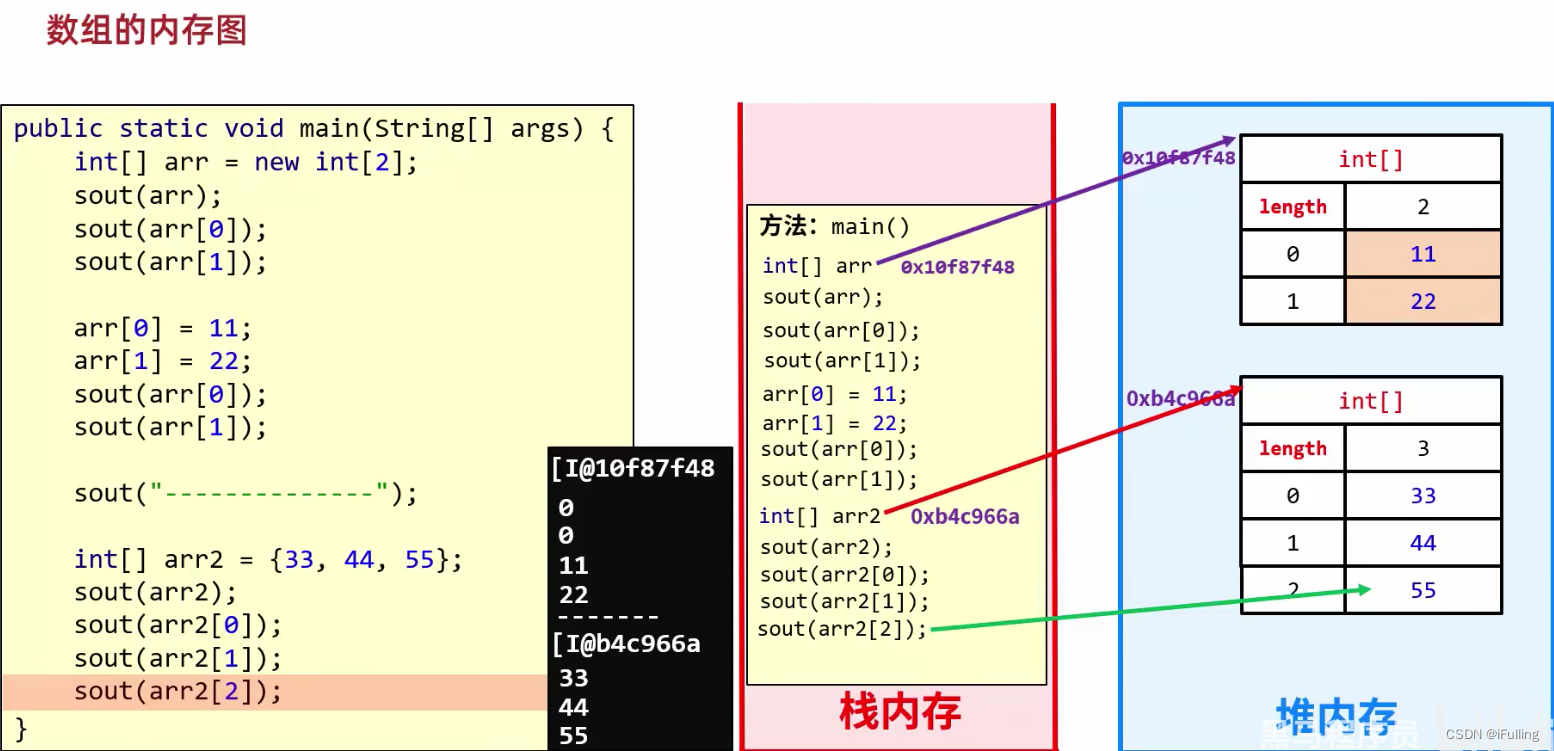


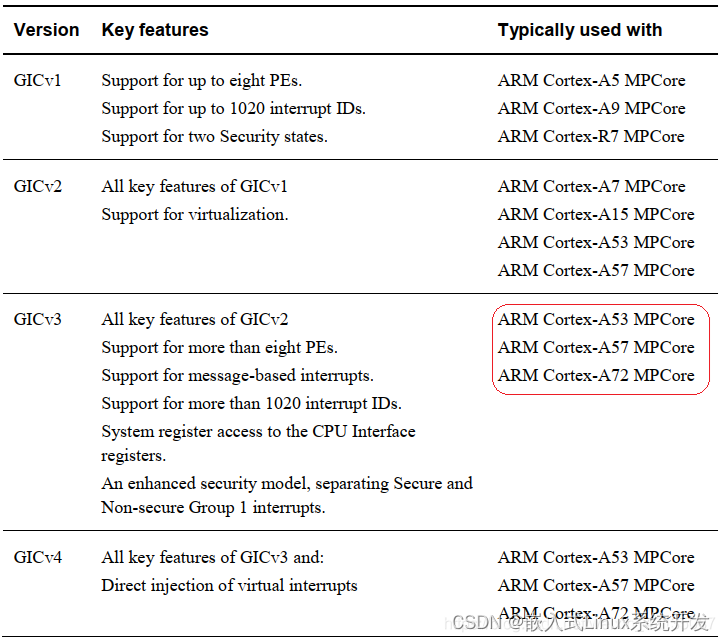
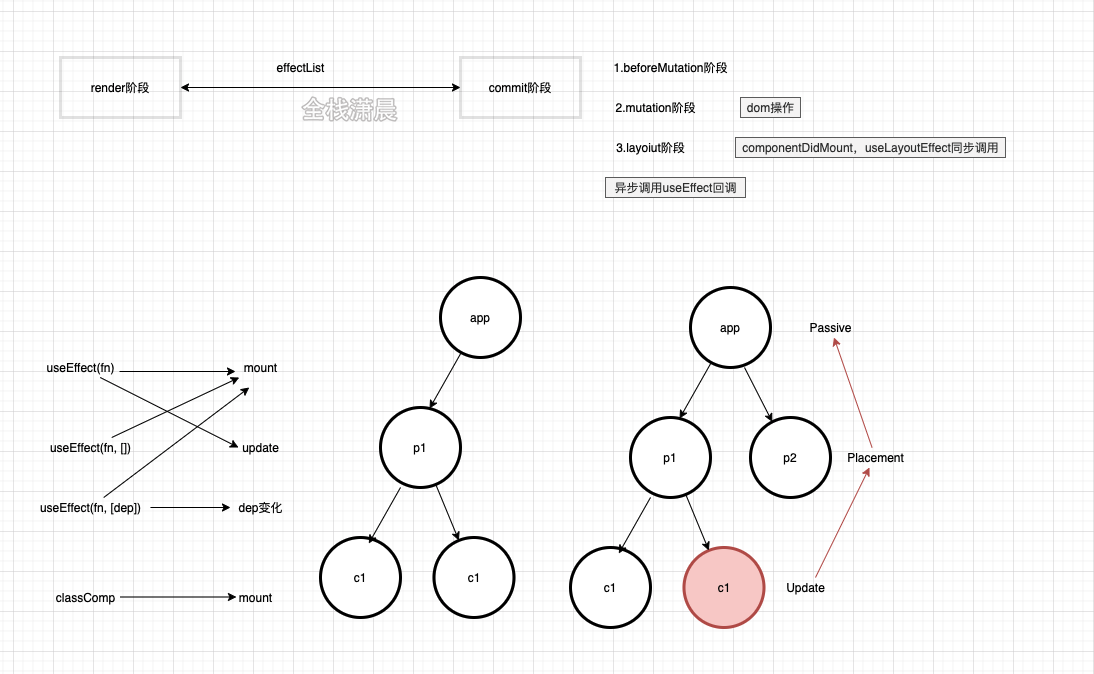
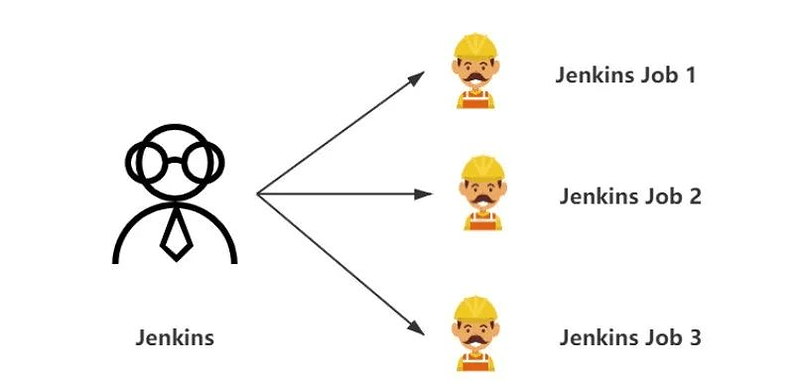

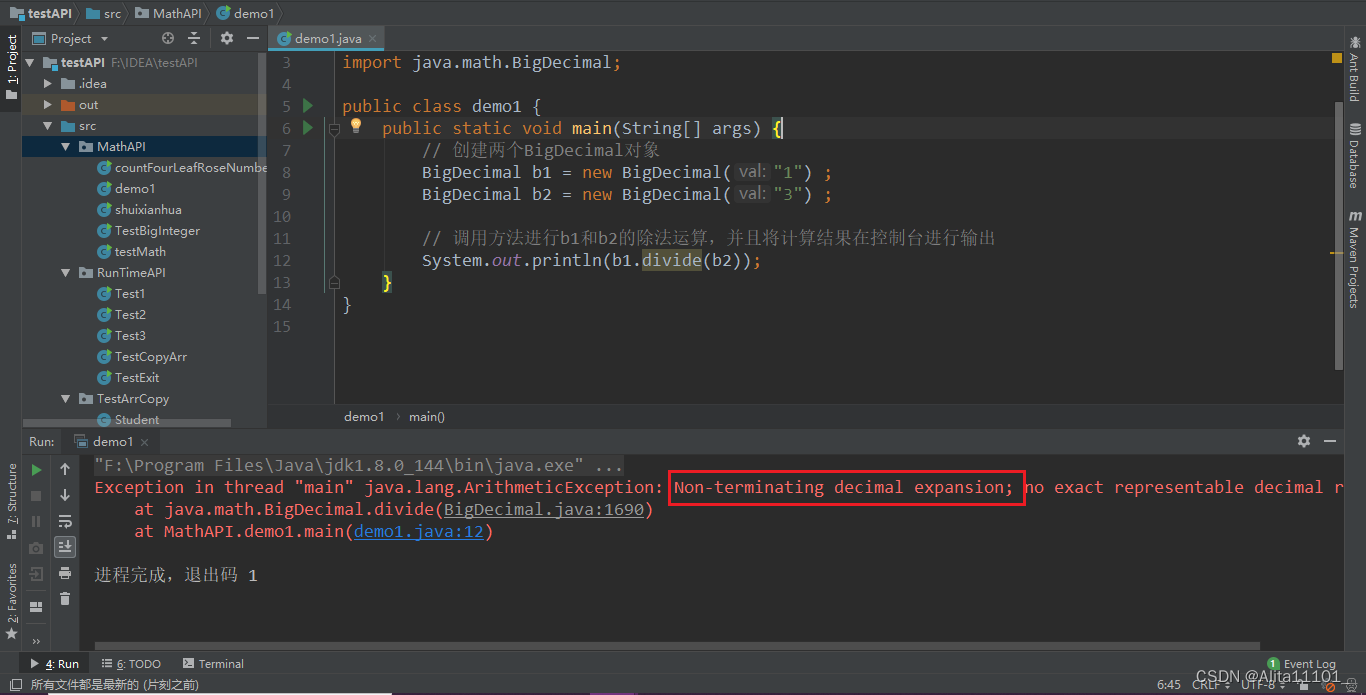



![2: [SpringData集成Elasticsearch] --- 配置打印命令日志](https://img-blog.csdnimg.cn/36e422155d8441b783b72eb5abc6737a.png)

